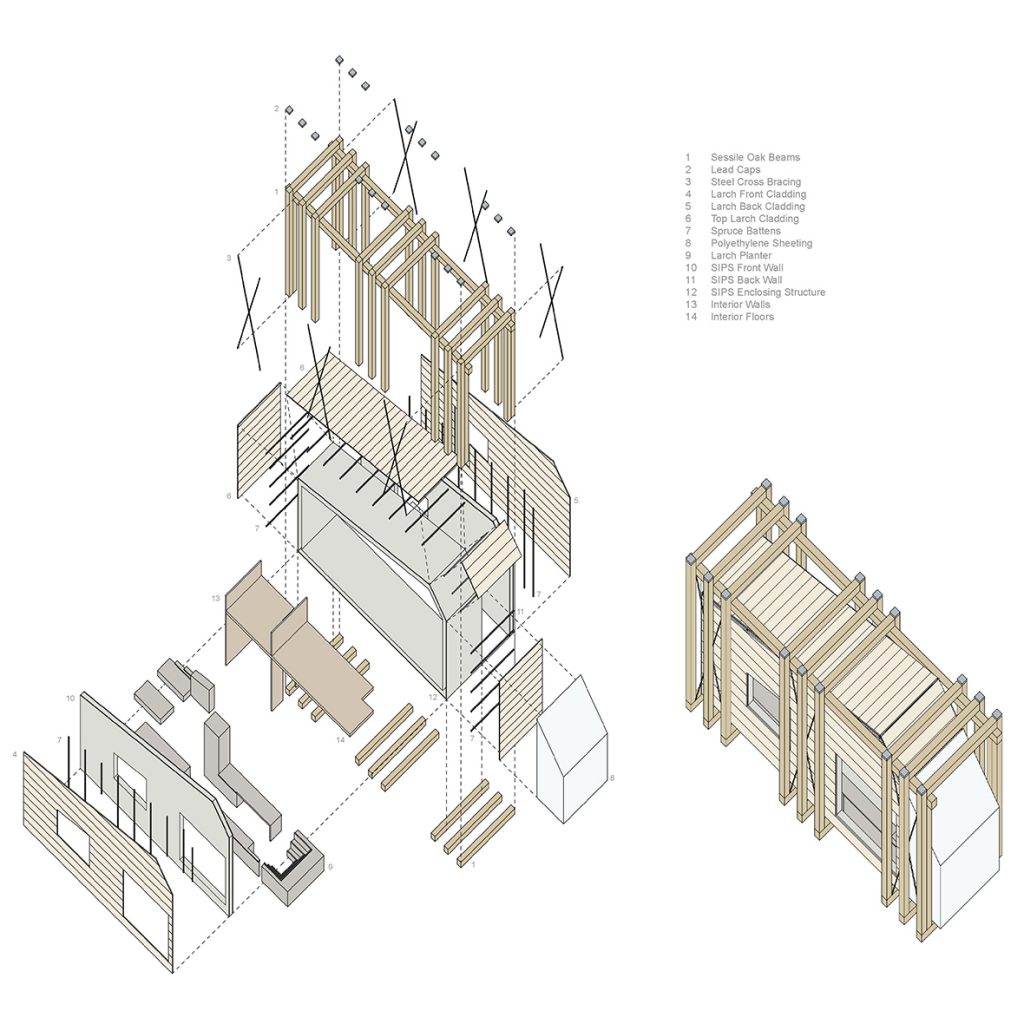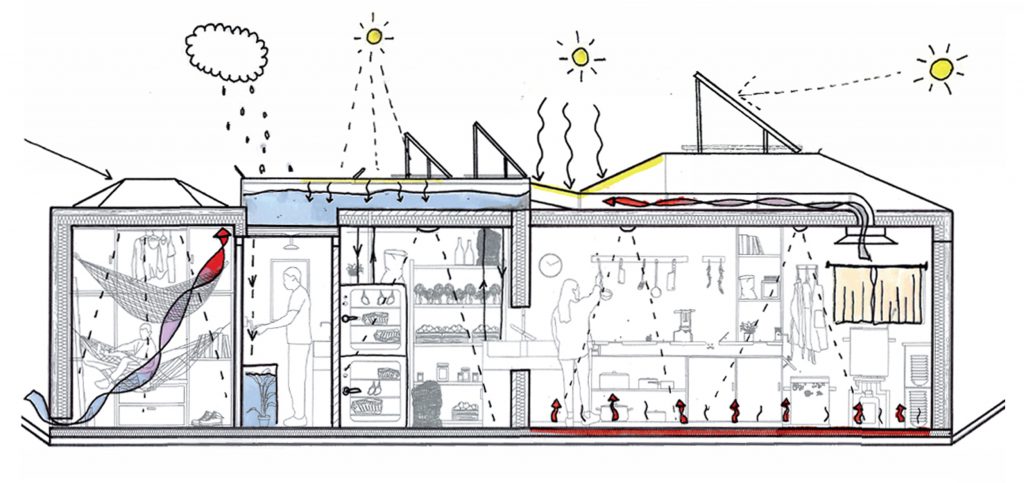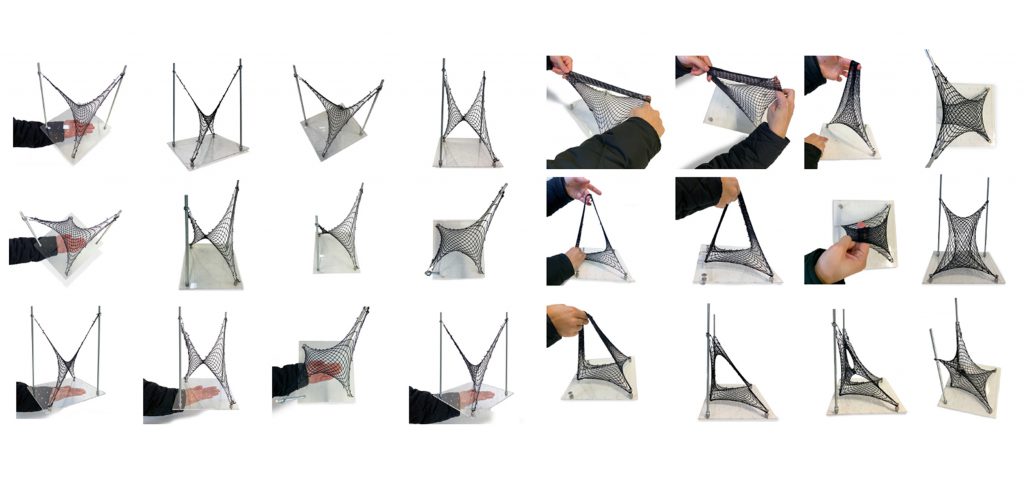SUPPORTING MODULE
Construction technology
AA3SCA - Integration
Construction Technology Part 3 is the final course in the three part series. Part 2 introduced a wide range of topics in the field, including materials, environmental design, structures and detailing. In Part 3, the emphasis is placed on creating experimental and novel ways of working with architectural technology.
“In an integrated design approach to construction and technology, evidence equal love and concern for both the technical, environmental and the formal or spatial aspects of architecture. In fact, try to make the two sets of concerns indistinguishable from one another, blending them into a seamless passion for making good buildings. It works as well for learning to design a structural system, a daylighting scheme, a thermal comfort system, a set of facade details, or the acoustics of a room as it does for learning to design the form and space of a building.”
Second Studio: A Model for Technical Teaching, Journal of Architectural Education, 51(2). Edward Allen, 1977.
We began by reminding ourselves of materials with use in load-bearing and non-load bearing contexts, moving on to advanced structures and environmental design. In addition to the lectures, tutor led workshops introduced emerging trends in architectural technology. Activities during the module combined lectures, workshops and the autumn studio design project.
Module Convenor: John Harding
External Colaborators: Peter John Corbett (Corbett-Tasker), Tom Bennett (Studio Bark)
Internal Colaborators: Sabine Hogenhout, Mike Kane, Lawrence Mbugua, Carolina Vasilikou
Construction Technology Part 3 is the final course in the three part series. Part 2 introduced a wide range of topics in the field, including materials, environmental design, structures and detailing. In Part 3, the emphasis is placed on creating experimental and novel ways of working with architectural technology.
“In an integrated design approach to construction and technology, evidence equal love and concern for both the technical, environmental and the formal or spatial aspects of architecture. In fact, try to make the two sets of concerns indistinguishable from one another, blending them into a seamless passion for making good buildings. It works as well for learning to design a structural system, a daylighting scheme, a thermal comfort system, a set of facade details, or the acoustics of a room as it does for learning to design the form and space of a building.”
Second Studio: A Model for Technical Teaching, Journal of Architectural Education, 51(2). Edward Allen, 1977.
We began by reminding ourselves of materials with use in load-bearing and non-load bearing contexts, moving on to advanced structures and environmental design. In addition to the lectures, tutor led workshops introduced emerging trends in architectural technology. Activities during the module combined lectures, workshops and the autumn studio design project.
Module Convenor: John Harding
External Colaborators: Peter John Corbett (Corbett-Tasker), Tom Bennett (Studio Bark)
Internal Colaborators: Sabine Hogenhout, Mike Kane, Lawrence Mbugua, Carolina Vasilikou



